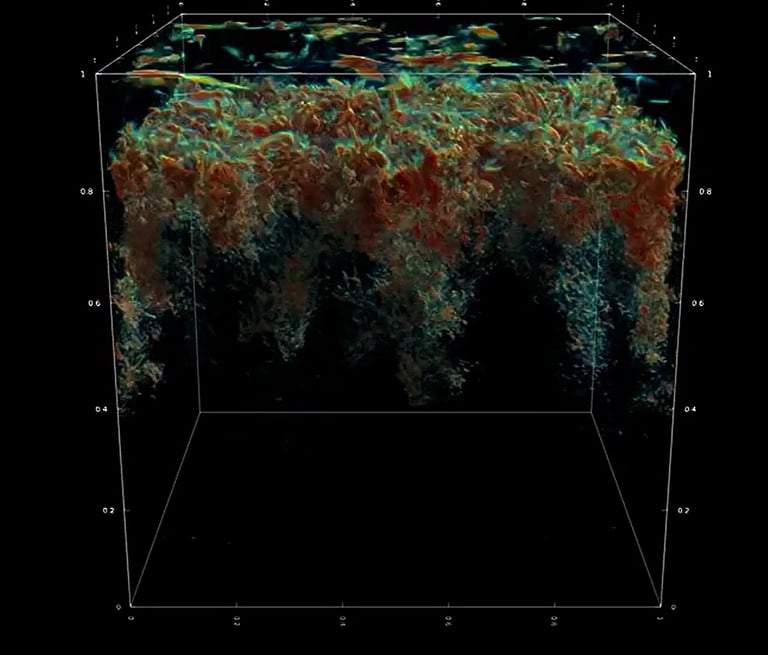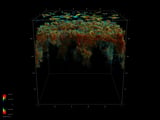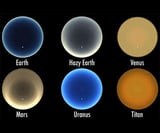NASA's Supercomputers Illuminate Sun's Mysteries, Boost Artemis Safety Ahead of Historic Solar Probe Mission
November 21, 2024
The year 2024 has been significant for solar observations, marked by notable events such as annular and total eclipses, as well as the Sun reaching its solar maximum phase.
Due to the Sun's complexity and computational limitations, researchers focus on smaller areas or layers, allowing for detailed observations of intricate structures like shock waves and tornado-like features.
NASA's supercomputers are playing a crucial role in enhancing our understanding of the Sun's complex behaviors through advanced simulations and data from active sun-watching spacecraft.
Irina Kitiashvili, a scientist at NASA's Ames Research Center, emphasized the realistic approach of their simulations, which integrate current knowledge about solar plasma to replicate phenomena observed in NASA missions.
Simulations run on the Aitken supercomputer produced 400 terabytes of data, which informed redesigns of the flame deflector and mobile launcher at Kennedy Space Center for the Artemis II launch.
These simulations, conducted on the Pleiades supercomputer at NASA Ames, generated terabytes of data over several weeks, providing valuable insights into solar activity.
Understanding solar dynamics is crucial, as the Sun influences various Earth phenomena, including seasons, weather, and climate, as well as space weather that affects NASA's Artemis missions.
For the Artemis II mission, NASA Ames researchers used simulations to analyze the rocket plume's impact on the sound suppression system, which is vital for astronaut safety during launches.
Insights gained from these simulations contribute to NASA's Artemis program, ensuring safety for astronauts and spacecraft by mitigating exposure to space radiation.
At the SC24 supercomputing conference held in Atlanta from November 17-22, 2024, NASA is showcasing 29 computational achievements that highlight ongoing research and advancements.
The Scientific Visualization Studio at NASA Goddard transforms complex data into visual insights, aiding the scientific community in interpreting massive datasets.
In December 2024, NASA's Parker Solar Probe will approach the Sun closer than ever, setting a new record for the closest human-made object to the Sun.
Summary based on 4 sources
Get a daily email with more Science stories
Sources

NASA • Nov 15, 2024
Six Ways Supercomputing Advances Our Understanding of the Universe - NASA
NASA • Nov 21, 2024
Ready, Set, Action! Our Sun is the Star in Dazzling Simulation - NASA
Phys.org • Nov 21, 2024
Video: Our sun is the star in a new simulation